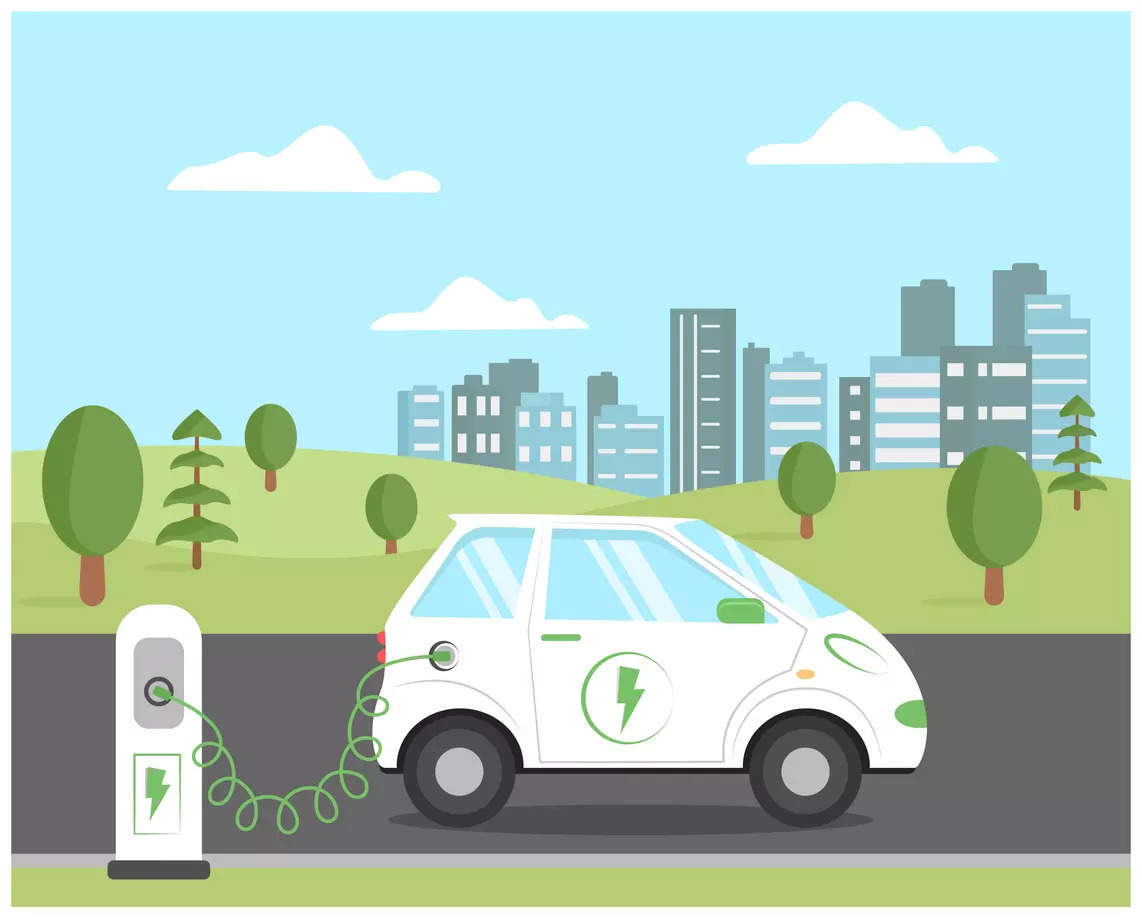
New Delhi: Government subsidies aided the smoother acceptance of Electric Vehicles (EVs) in India by helping the OEMs make them affordable for the buyers. But the recent subsidy reduction is said to be dampening the EV sales growth.
In the interim budget 2024, the Union Finance Minister Nirmala Sitaraman has not given any indication of a FAME III (Faster Adoption and Manufacturing of Hybrid and Electric Vehicles) Policy. Not only that, the budget allocation for FAME is reduced by 44% to INR 2,671 crore for the revised estimate for FY24. The allocated fund for FAME in FY 24 was INR 5,172 crore later re-estimated it to be INR 4,807.4 crore.
Auto analysts say that the FAME scheme was a major catalysts for the growing demand of EVs. Many stakeholders in the auto industry believe that the subsidies now have to take a U-turn.
“Automakers now have to reconsider their strategies, as subsidy reduction could impact their sales forecasts and profitability projections for EV models. The adoption rate of EVs in India may slow down, as cost remains a significant barrier for many potential buyers,” says Sohinder Gill, CEO, Hero Electric Vehicles India and Director General, SMEV.
PLI to compensate for subsidies?
The Production Linked Incentive (PLI) Scheme of the Union Ministry of Heavy Industries (MHI) is offered to OEMs. It is based on production-based goals unlike the FAME subsidy which is given to the end-consumers for buying an EV.
“While FAME stimulates consumer demand, PLI focuses on strengthening the manufacturing ecosystem for long-term sustainability.” says, Saket Mehra, Partner, Grant Thornton Bharat.
PLI scheme can act as an outlay for reducing the cost of electric vehicles and its components by promoting in-house (Indian) manufacturing and research and development. The Make in India scheme doesn’t only promote technological advancements but also brings opportunity for more employment generation and reduction on foreign imports.
Nirmala Sitaraman has also announced a 478% hike in budget allocation for PLI schemes for the auto sector. In the 2024 interim budget INR 3,500 crore has been allocated under the PLI while in the previous budget it was only INR 604 crore.
But experts say that both the PLI scheme and FAME subsidy scheme should coexist at least in the short to medium term.
The PLI scheme can complement but not fully replace the FAME subsidy. Encouraging manufacturing through PLI is crucial for building a robust EV ecosystem, including localizing the supply chain and reducing costs over time. However, to increase EV adoption incentives like FAME are essential, at least in the short to medium term. A phased approach where PLI supports industry scaling and FAME addresses market demand could be more effective,” says Randheer Singh, Ex-Director NITI Aayog in E-Mobility Mission and CEO & Founder, ForeSee Advisors Pvt Ltd.
Companies revise vehicle prices
On Feb 9, 2024, a few days after the interim budget was presented, the government notified that subsidies will be applicable on ex-factory prices (price of a vehicle at the factory gate) rather than ex-showroom prices.
This announcement tags along with several companies declaring price cuts, which Randheer Singh believes is a step as a response to the competitive pressure within the EV market, where brands strive to offer more value to capture a larger market share.
“As the technology matures and production scales, costs are naturally reduced, allowing OEMs to pass on these savings to consumers. It could also be an attempt to stimulate demand in anticipation of or response to reduced government subsidies,” he added.
Ola Electric said it observed a significant increase in sales within three days of its price cut by about INR 15,00 for its S1 X+, S1 Air, and S1 Pro.
MG Motor joined the bandwagon last month when it announced a massive price cut of about INR 1.4 lakh for its entry level EV, MG Comet.
As per the company, the price revision is a considerable effort made due to multiple reasons. In an interview with ETAuto, Gaurav Gupta, Deputy MD, MG Motor India, said the efforts were “in terms of material pricing, logistics, commodities, contracts, efficiencies, all these coming together. Additionally, we are seeing also that worldwide, the pricing of lithium has also been on a declining trend”.
Okaya, an EV manufacturing company, has also brought discounts of up to INR 18,000 that was valid until February 29, 2024.
Ather Energy has also revealed that under FAME II Policy, any purchase of its scooter before March 31,2024 can provide the customer discount up to INR 22,000.
On reduction of prices, Sohinder Gill, said, “March has proven to be particularly challenging for many OEMs, as they resort to offering massive discounts to clear their inventory, given the uncertainty surrounding the continuation of subsidies beyond March 2024.”
Global slackening of EV growth?
At a recent SIAM (Society of Indian Automobile Manufacturers) conclave, ICRA, a credit rating agency, warned about the drop in EV share in auto sales after recording a growth for the past few years. In the first 10 months of FY 24 EV growth was recorded at 4.3% while for FY23 it was 3.7% as per the records of ICRA.
Global EV market growth is expected to slow down to 27.1% due to reduction in subsidies, Canalys, a research firm stated.
Tesla, a global EV manufacturer, also slashed its prices last year. It predicts a slowed growth of EVs this year. Meanwhile Ford is speculated to re-enter the Indian market with EVs.
EV adoption globally is hindered due to range anxiety and difficulties in securing EV financing at reasonable rates. Policy initiatives aimed at improving charging infrastructure and facilitating access to EV financing are expected to enhance global EV growth, Saket Mehra added.
Overall the price reduction by automakers is a result of strategic thinking due to multiple fronts like drop in EV subsidies, and high manufacturing costs. Few legacy automakers like Ford have used the EV slow down as an opportunity to get back in the market with their expansion plans.
However, no indication for FAME III and reduced budget under FAME Policy has received a mixed response from auto makers and people. This change can be seen as a challenge for Indian auto OEMs to revise their plans accordingly. As it has been remarked, subsidy is never a long-term.

